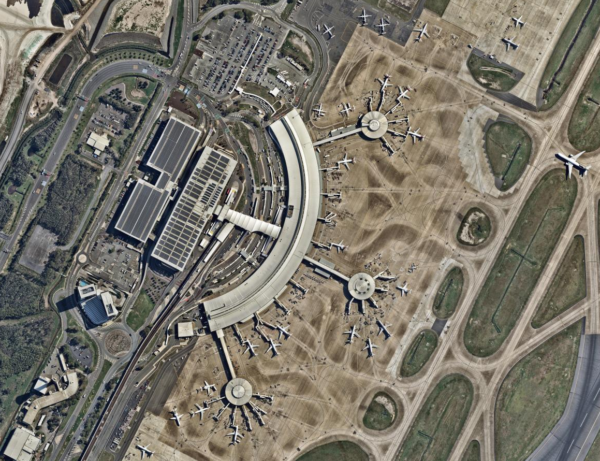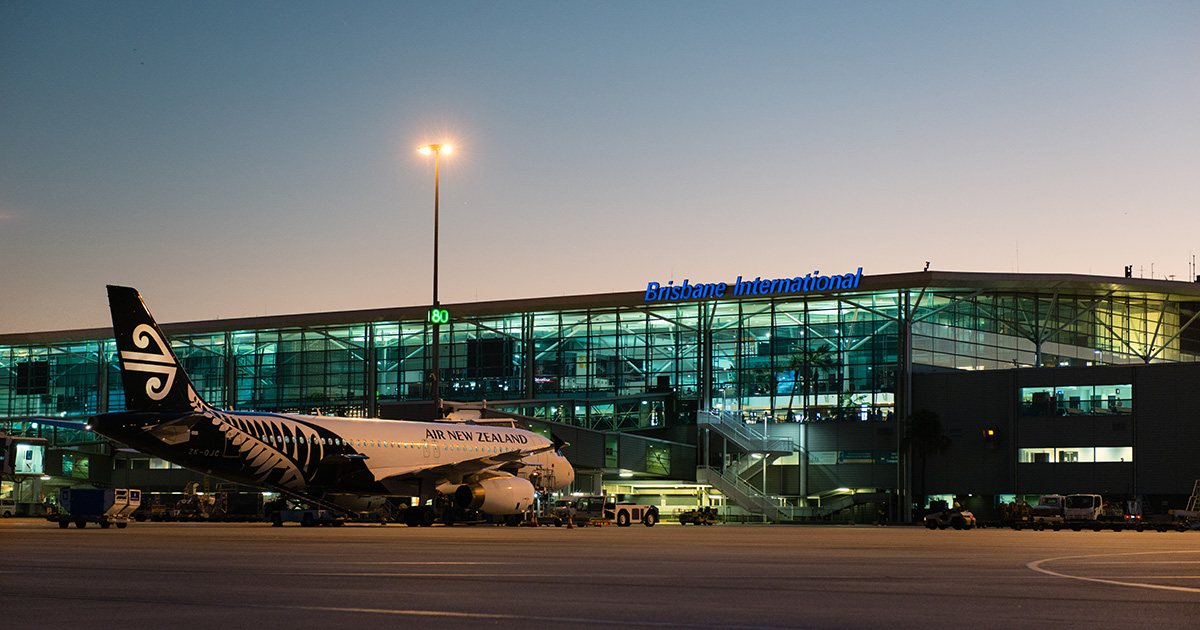The technology being used at the Brisbane airport comes from Canadian company BrainBox AI, which describes itself as an “autonomous building technology” company.
After a now complete six month pilot in one area of the airport, BrainBox says its technology led to a 12% decrease in the heating, ventilation, and air conditioning system energy usage, as well as a 17% reduction in building equipment run-time. What’s more, no one complained about being uncomfortable about the airport’s temperature.
It’s a little bit tricky to decipher just how BrainBox’s technology works, with the company describing it as: “using deep learning, cloud-based computing, and bespoke proprietary process”. But it seems to simply be an energy optimisation tool, meaning it controls when and where energy is used – though BrainBox’s particular focus is on optimising heating, ventilation, and air conditioning (HVAC) systems in commercial buildings.
The company’s CEO, Sam Ramadori, describes it as a “powerful yet painless” way to achieve emissions reductions – which would surely resonate with companies scrambling to improve their ESG credentials.
Why the software decreases buildings’ carbon footprints is just because less energy is wasted heating and cooling since snazzy AI systems predict what needs to happen and put the building’s HVAC systems on the best path to a pristine 23°C.

Image: Nearmap
Brisbane Airport Corporation is the first operator of an international airport to use this type of technology in its buildings – though the Canadian company hopes it won’t be the last, noting it would like to target the industry because of its size and decarbonisation goals.
Meanwhile, Brisbane Airport Corporation’s Head of Asset Optimisation, Derek Boo, says the company is committed to “experimenting and adopting new technologies which can assist in reducing energy use that ultimately contributes to carbon emission reductions.
“This is one of the ways we’ll meet our goals. Based on our successful trial with BrainBox AI, we have identified several other opportunities to scale the program and we are looking forward to seeing the results,” Boo added.
Brisbane Airport solar system
Back in 2019, Brisbane Airport installed a solar system with a capacity of 5.725 MW – Australia’s largest commercial and industrial PV system to be installed at an airport. The airport’s international terminal alone supports 1.8 MW with roughly 6,500 panels covering more than 22,000 square metres.
The total solar system generates close to 18% of the company’s annual energy consumption – which, given airports run day and night and all through the year, seems pretty good.
Brisbane Airport Corporation says it plans to add a further 5 MW of capacity to its solar system by 2025 – doubling its size.
This content is protected by copyright and may not be reused. If you want to cooperate with us and would like to reuse some of our content, please contact: editors@pv-magazine.com.









By submitting this form you agree to pv magazine using your data for the purposes of publishing your comment.
Your personal data will only be disclosed or otherwise transmitted to third parties for the purposes of spam filtering or if this is necessary for technical maintenance of the website. Any other transfer to third parties will not take place unless this is justified on the basis of applicable data protection regulations or if pv magazine is legally obliged to do so.
You may revoke this consent at any time with effect for the future, in which case your personal data will be deleted immediately. Otherwise, your data will be deleted if pv magazine has processed your request or the purpose of data storage is fulfilled.
Further information on data privacy can be found in our Data Protection Policy.